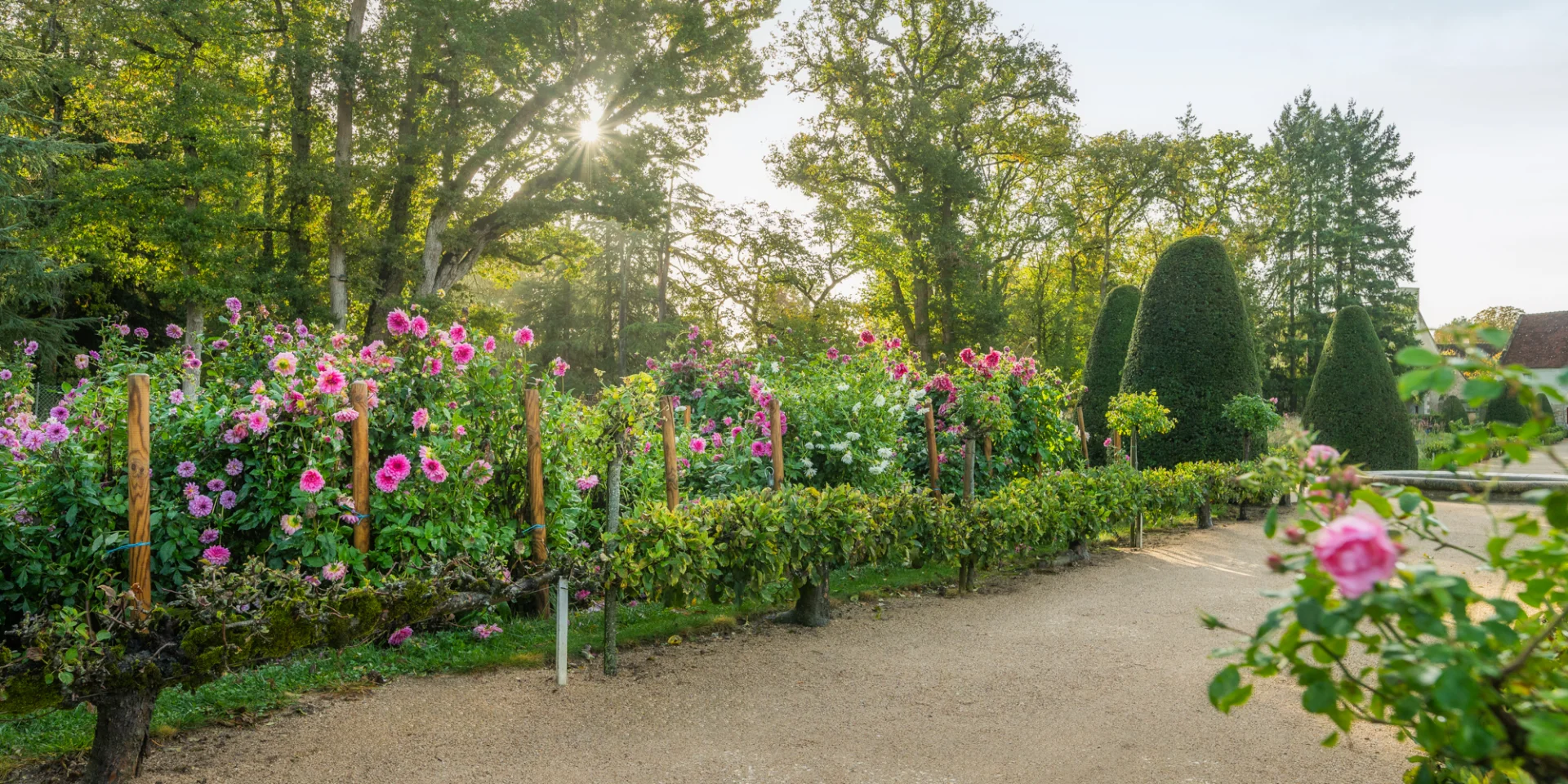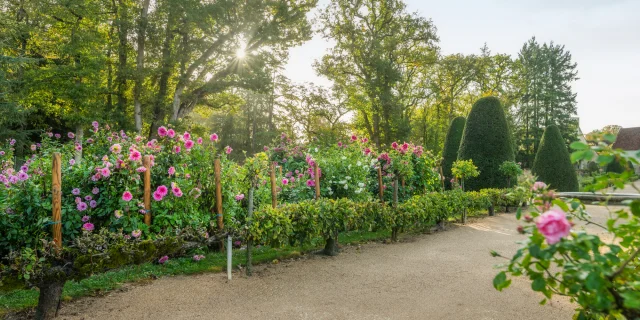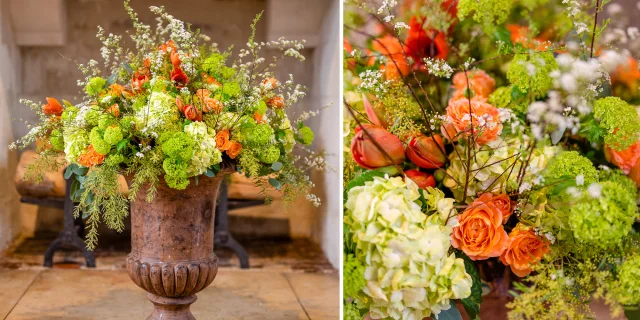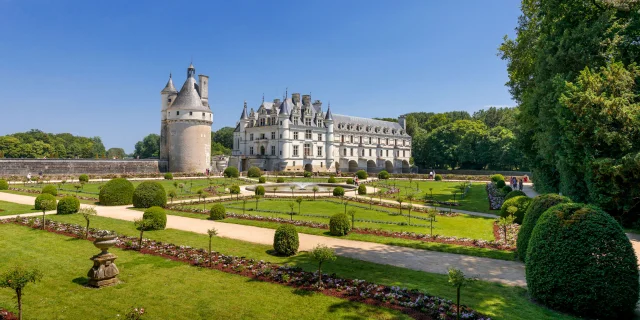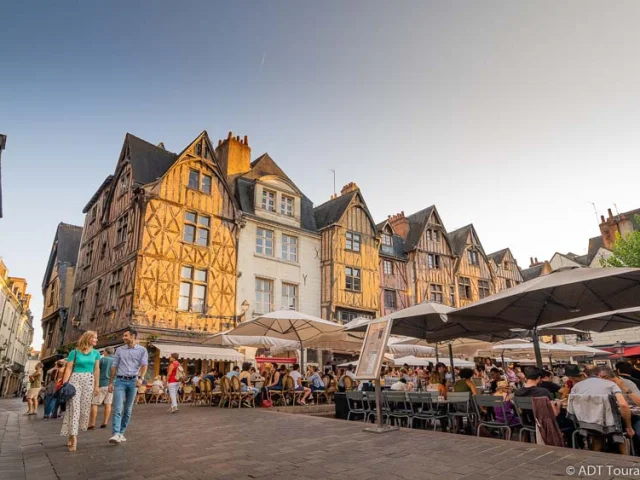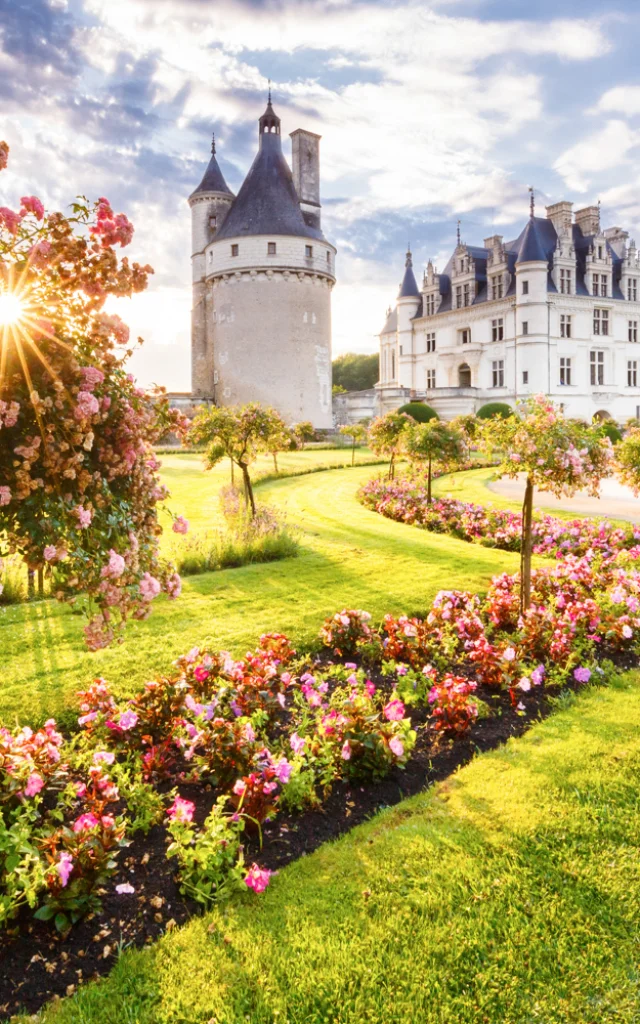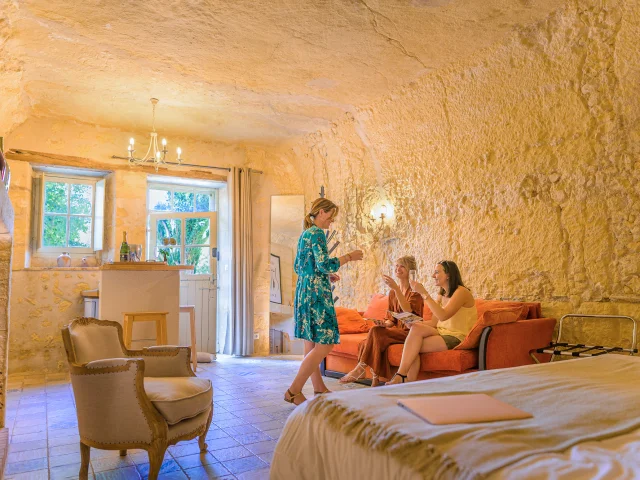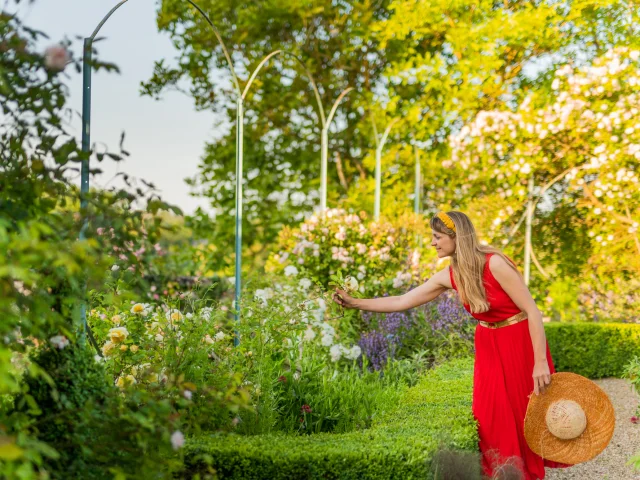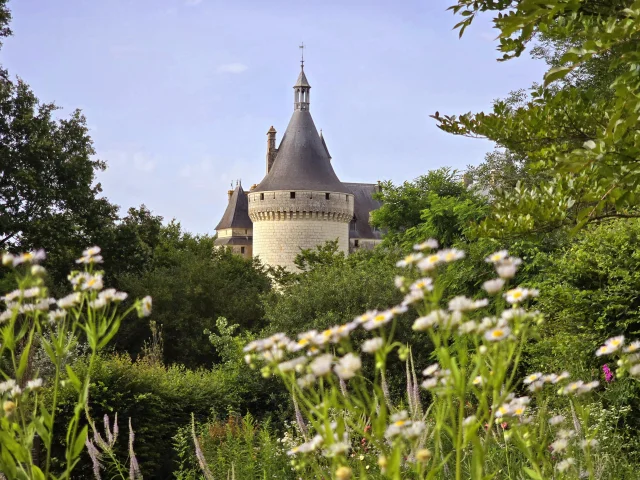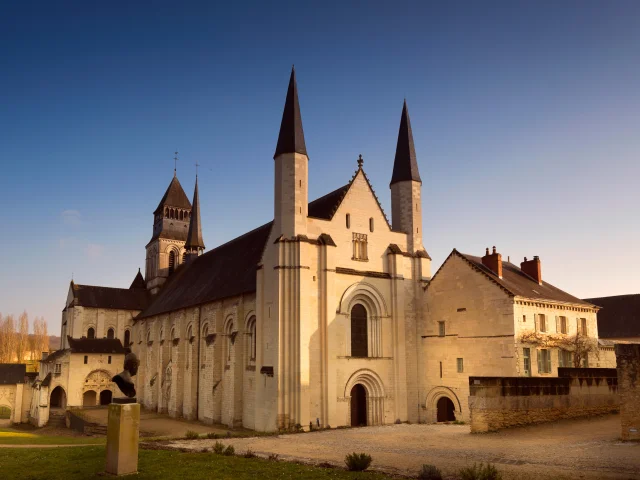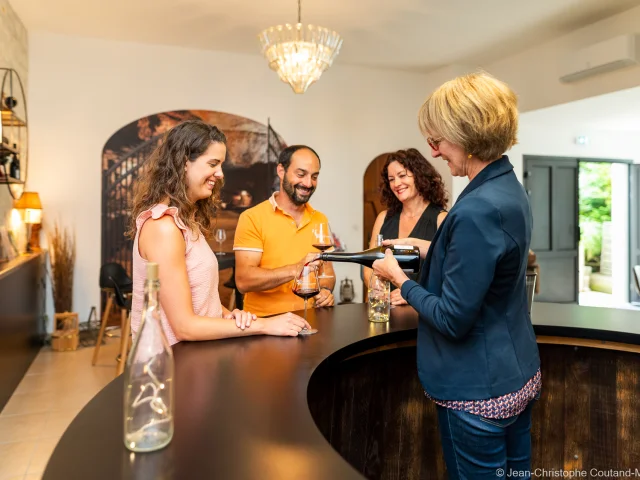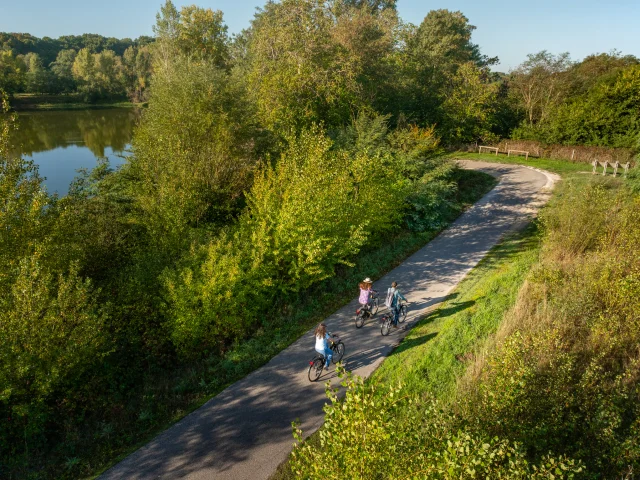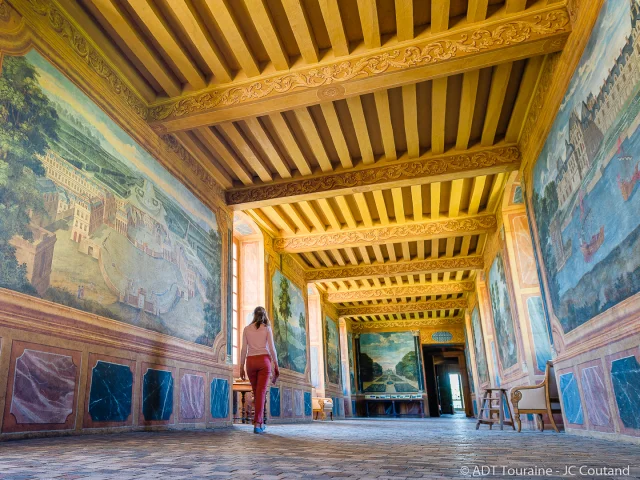The art of Renaissance gardens at Chenonceau
In the 16th century, garden design became a major art. Today, the master gardeners of Chenonceau perpetuate these ancestral skills in the Jardin de Diane, a veritable botanical masterpiece. Their precise gestures sculpt the hedges according to geometric rules inherited from the Renaissance, while the Italian labyrinth invites contemplation.
The head gardener reveals his secrets: the boxwoods are pruned during the waning moon, and the paths are designed in perspective to magnify the view of this superb group of buildings. In the park’s clearing,Sculptures by François-Xavier Lalanne converse with nature, creating a bridge between the art of gardens past and present.
 Chenonceau Castle
Chenonceau Castle